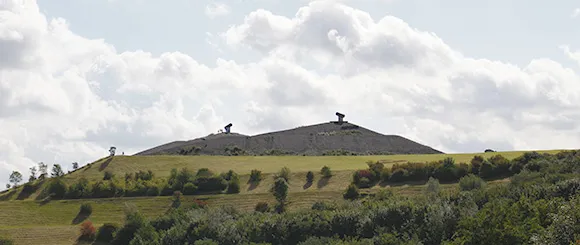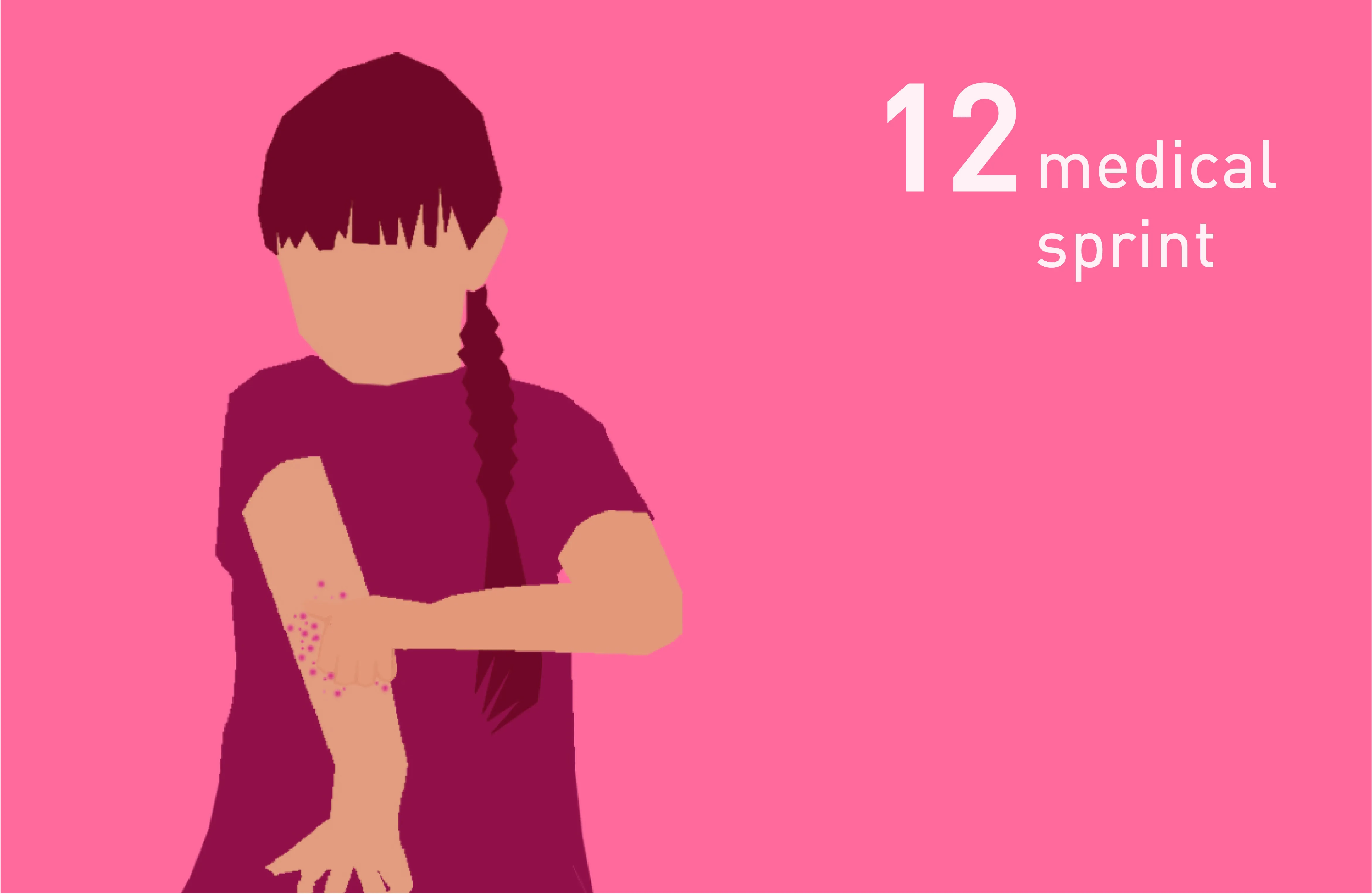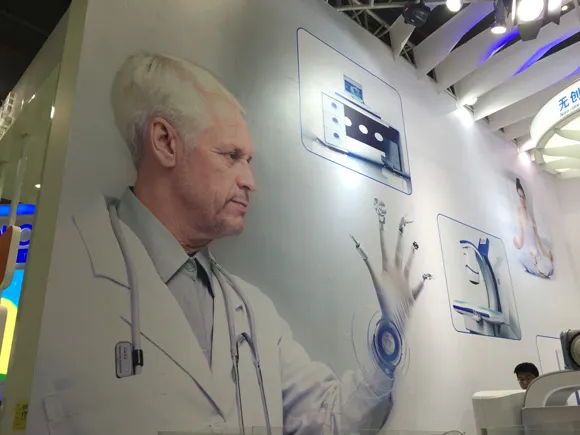Expertise
User centered field research in China (Part 2/2 Execution and Analysis)
Dieser Artikel ist derzeit nur in englischer Sprache verfügbar.

This is Part two of our interview with WILDDESIGN designer Jon Walmsley. In this part we talked about the actual field work and how to analyze the data.
If you missed the first part of this Interview, it features Jon explaining the project, in which he and his team visited private homes and interviewed architects and interior designers in order to learn more about their views on home decoration and future trends. We also discussed how each of the four Chinese cities had its own distinct look and feeling, which often translated to the home design environment as well.
Q7: We talked before about research preparation, but HOW did this preparation work in practice?
A: Once we went into the field research phase our preparations really paid off because field research consists of many sub-tasks like taking pictures, measuring and interviewing. A thorough logistical plan was necessary to manage our time and resources efficiently in each city since we were unfamiliar to the environments. The preparation for the questionnaires was also helpful. In such preparations, we performed pilot studies in order to check usability and localization proofing of each cities. Finally, using a detailed observational checklist, we were able to ensure we acquired all necessary information for analysis whilst remembering to keep an audio recorder on at all times during each visit.
Q8: WHAT is the DIFFERENCE between a personal/private participant and a specialist?

A: In private home visits, our team could choose participants based on their suitability to the study. This was addressed using a set of predefined demographic variables, such as age, salary, profession and responses to a series of trend prompting questions. From them we learned about real design environments and stories. Specialists have a lot more knowledge about the major industry stakeholders as well as professional opinions on design trends. But specialists were not always available, and we sometimes got the wrong personnel. Team leaders, for instance, were more suited in their company to resource planning, but not to the creative field. So, with real end specialists, we could be more direct, as they have more control and a better understanding of design principles.
Q9: How about actually DOING the data filtering and analysis?
A: It was the most difficult part because you have so much data collected in a short time. You have to be very observant and collect in recordable formats, like photos, audio and notations. And even then, when you start to read the raw data, you find that there is still a lot of observations in your mind that need to come out and be put on the wall.

Q10: WHAT was your METHOD for conducting a complete analysis?
A: Visualization is essential to seeing everything in one place. Right when you think it’s time to understand the data, it’s actually time to clean up the data. This requires a methodical mindset which groups patterns based on the relevance to the research findings. Once you feel comfortable that no stone is left unturned, then the analysis can begin. Visualization using color- coordinated key codes and direct/indirect influencers allows the researcher to lock patterns and trends into a first draft. At this point stories are becoming more apparent within the persona groups. Real data now has a tangible element that you can start to communicate with the client about. If it’s real insight, your enthusiasm will be hard to extinguish amongst colleagues…
Q11: WHAT surprised you about the study?
A: We came across this buzzword, Tuhao Jin, which I felt was going to be a trend or fashion fad. We mentioned it to some specialists and they also had it on the tips of their tongues. It was as if we were witnessing the trend come alive and we were the only people to see it in terms of the differences of perception among the 4 research locations.
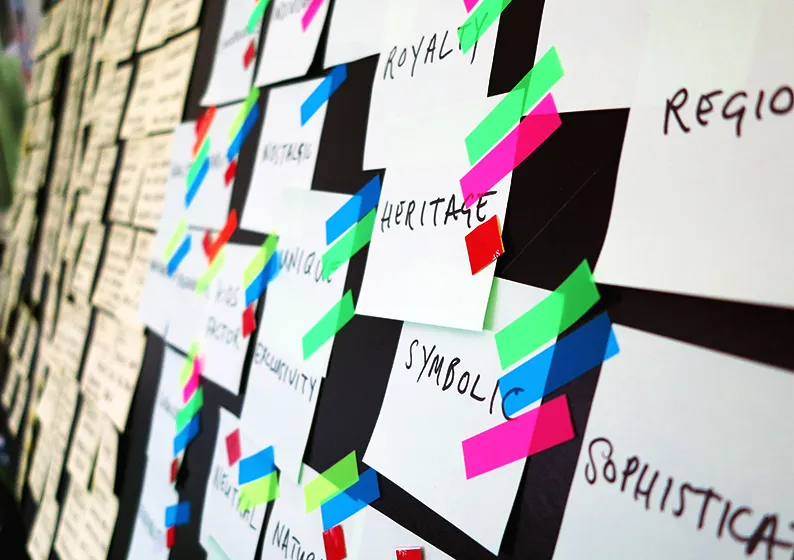
Q12: HOW would you summarize this field research project?
A: Field research in general, particularly which looks into the user, is a fascinating opportunity for any designer, from any background. It helps us understand the broad spectrum of cultural nuances, helping the designer hone both an empirical and ethnographic skill set. With clients becoming savvier with user-centered research, it’s the job of the designer to innovate in ways that catalyze ideas and solutions that would have otherwise been undiscovered. As WILDDESIGN always work according to human centered design, we are very happy to see this development and to have clients that sees the added value in investing in research.
WILDDESIGN’s view on User-Centered Field Research. We believe it is extremely beneficial to be able to send our designers out into the field and experience real life away from their desk. The same designer can take part in both the research phase and the subsequent creative development phase, leading to a better holistic design process and preventing information or important know-how from being lost between the research and creation phases.
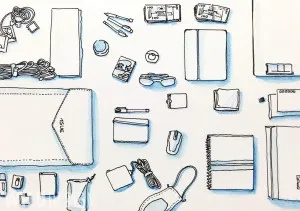
>> The 1st Part of USER CENTERED FIELD RESEARCH IN CHINA (Research preparation)
You may also be interested in:
Häufig gestellte Fragen

